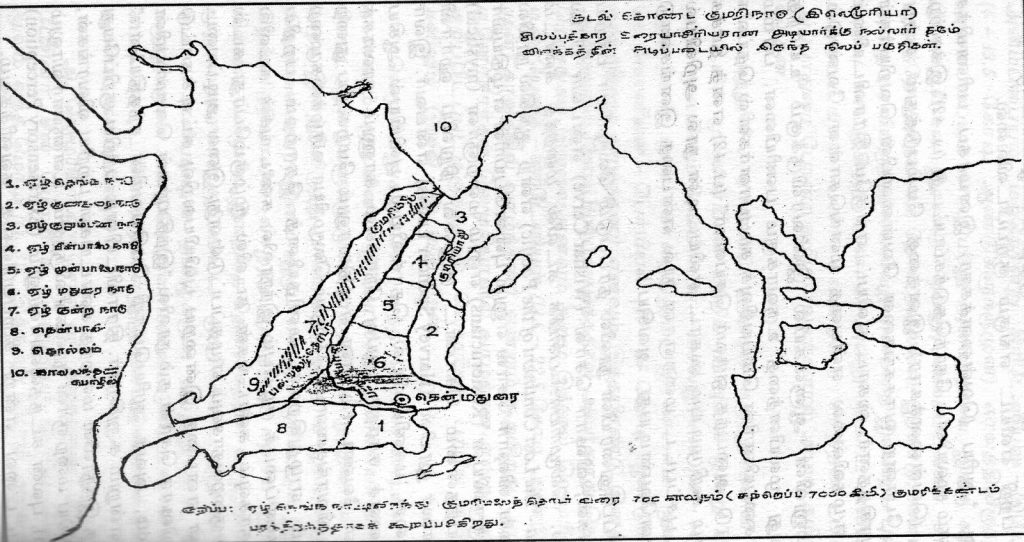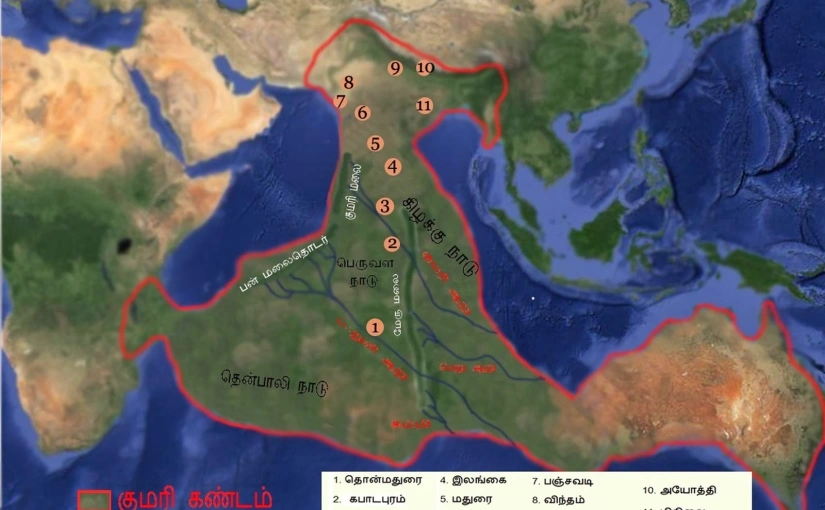“Long before borders, there was Sangam — uniting lands through language.”
Visit Booksgrub.com – To get your Tamil and English versions of Sangam classic collections.


Introduction
Long before printing presses, before Shakespeare, and even before Kalidasa — there existed a literary civilization in Tamilakam (ancient Tamil Nadu) that celebrated poetry, ethics, love, war, and nature through organized academies called Sangams.
The word Sangam means “assembly” — and in Tamil tradition, it refers to the great literary gatherings where poets, scholars, and kings came together to compose and preserve the earliest known Tamil literature.
These Sangams gave birth to what we now call Sangam literature — a golden period that made Tamil one of the oldest living languages in the world.
“Sangam wasn’t just a gathering of poets — it was the heartbeat of ancient Tamil civilization.”
What Were the Tamil Sangams?
Tamil tradition speaks of three Sangams, which were literary academies held in ancient South India:
- First Sangam – Held in Thenmadurai (a mythical sunken city), lasted for 4,440 years. Works from this period are lost.
According to ancient Tamil tradition, poet Nakkirar describes the existence of three Sangams (literary academies) held over vast periods of time. The First Sangam, often referred to as Mudharchangam, is said to have taken place in a city called Madurai, which was later submerged by the sea. This Sangam is believed to have lasted for an astonishing 4,400 years, and was attended by 549 scholars and poets — including not just human thinkers but also divine beings like Siva, Murugan, and Kubera, according to legend.An incredible 4,449 poets are said to have composed literary works during this era. The Sangam was supported by 89 Pandiyan kings, beginning with Kaysina Valudi and ending with Kadungon, who ruled over the land during this long span. The literary grammar followed at that time was called Agattiyam, attributed to the sage Agastya. Some of the poetic works believed to have emerged from this Sangam include Paripaadal, Mudunarai, Mudukurugu, and Kalariyavirai.Interestingly, a medieval commentary called Iraiyanar Akapporul suggests that the origins of the Sangam age might even go back to around 9000 BCE, placing it among the world’s oldest literary traditions — if taken literally. - Second Sangam – Held in Kapatapuram, lasted for 3,700 years. Most texts are lost except a few names.
The Second Tamil Sangam is believed to have been held in the ancient city of Kapatapuram (also known as Kavatapuram). This literary assembly is said to have lasted for an impressive 3,700 years.The Sangam had 59 scholars or members, and during its period, around 3,700 poets are believed to have contributed literary works. The Sangam was supported by a line of 59 Pandiyan kings, beginning with Vendercceliyan and continuing up to Mudattirumaran, who ruled during this era.According to tradition, like the First Sangam’s city, Kapatapuram was eventually submerged by the sea, erasing much of its physical evidence.Interestingly, references to a city resembling Kapatapuram appear in ancient Indian texts like the Ramayana and Arthashastra by Kautilya, adding weight to the idea that such a city may have once existed and thrived. - Third Sangam – Held in Madurai, historically acknowledged. This is where we get most of the Sangam literature we read today.
The Third Sangam (Moondram Sangam in Tamil) is the most historically recognized of the three ancient Tamil literary academies. Unlike the earlier Sangams, which are largely considered mythical or lost to time, the Third Sangam left behind a rich and traceable literary legacy.Held in the city of Madurai, this Sangam is believed to have been supported by a line of 49 Pandiyan kings. It lasted for around 1,850 years, a period of sustained literary activity and cultural growth. Scholars suggest that it ended roughly around the time when Christianity began to emerge in the West.Many of the great Tamil literary works we know today — such as the Ettuthogai and Pattuppattu — were composed during this period. The Third Sangam truly marked the golden age of classical Tamil literature.
Each Sangam brought together hundreds of poets, and their works were preserved through oral tradition and palm leaf manuscripts.
🗣️ “யாதும் ஊரே, யாவரும் கேளிர்”
(“Every place is my town, all people are my kin.”)
– Kaniyan Pungundranar, Purananuru
Treasures of Sangam Literature
The Third Sangam produced the Ettuthogai and Pattuppattu— both stunning collections of classical Tamil poetry.
✍️ Notable Works:
- Purananuru – Poems on war, valor, and kingship
- Akananuru – Poems on love, longing, and inner emotions
- Kuruntokai – Short, beautiful verses on human feelings
- Ainkurunuru – Five landscapes, five emotions — poetic geography!
- Paripadal – Devotional poems to Murugan, Vishnu, and rivers
- Maduraikkanci – A long poem describing life in ancient Madurai
These works show us a civilization deeply poetic, progressive, and aware of human emotion, nature, and society — long before the rest of the world had similar records.
🗣️ “அறம் செய விரும்பு”
(“Desire to do righteousness.”)
Poets of the Sangam Era
The Sangam age was rich with extraordinary poets, both male and female, including:
- Avvaiyar – Wise and bold poetess known for her moral wisdom
- Kapilar – Master of love poetry and loyal friend to the Velir kings
- Paranar, Auvai, Nakkirar, Uraiyur Enicheri — each with a unique voice
- Even kings like Pandiya Nedunchezhiyan were contributors!
Where to Read Sangam Literature Today
Thanks to scholars like U.V. Swaminatha Iyer, many of these ancient texts were recovered and published.
You can find modern translations and original versions at:
Booksgrub.com – For Tamil and English versions of Sangam classics
Final Takeaway
The Sangams were more than literary gatherings — they were pillars of Tamil civilization, shaping how we understand language, emotion, and culture. Even after two thousand years, the poetry of the Sangam age remains fresh, powerful, and deeply human
For any language to develop complex grammar and produce classical literature, it must have evolved and matured over many centuries. Linguists and historians generally agree that for such sophistication to occur, the language must have been in use for at least a thousand years prior.
Given that many Sangam-era Tamil works — and even the Tolkappiyam (the oldest known Tamil grammar text) — existed well before or around the same time as the Ramayana period (often dated around 1500–2000 BCE), it suggests that Tamil must have been a spoken and written language long before that.
Based on this logic, it is reasonable to propose that Tamil was in active use as early as 4000 BCE or even earlier, making it one of the oldest surviving classical languages in the world.
If you’re a lover of words, history, or Tamil heritage — Sangam literature is your soul’s starting point.
“Sangam literature proves that Tamil didn’t just survive time — it sang through it.”
Keywords
ancient tamil sangam, tamil sangam history, sangam literature summary, first tamil sangam, second tamil sangam, third tamil sangam, sangam poetry, tamil sangam books, sangam age in tamil, sangam period literature, tamil classical literature, sangam poets names, sangam grammar agattiyam, tolkappiyam grammar, madurai sangam literature, tamil literary tradition, sangam literature tamil pdf, sangam quotes, tamil oldest language proof, tamil language history, sangam age timeline, sangam literature books in tamil, sangam era kings, pandiyan kings and sangam, sangam poems in english, sangam literature importance